
Lab Report: Meet the Garden Ecology Lab

Contributor
- Topics: Garden Futurist, Growing for Biodiversity
Spring 2025
Welcome to the launch of the new “Lab Report” column, where we will review three to four studies that are relevant to gardeners, designers, and horticulturists in the West.
To start things off, We will report on journal articles from the author, Gail Langellotto’s lab, both to introduce her academic interests and to highlight the recent work of her students.
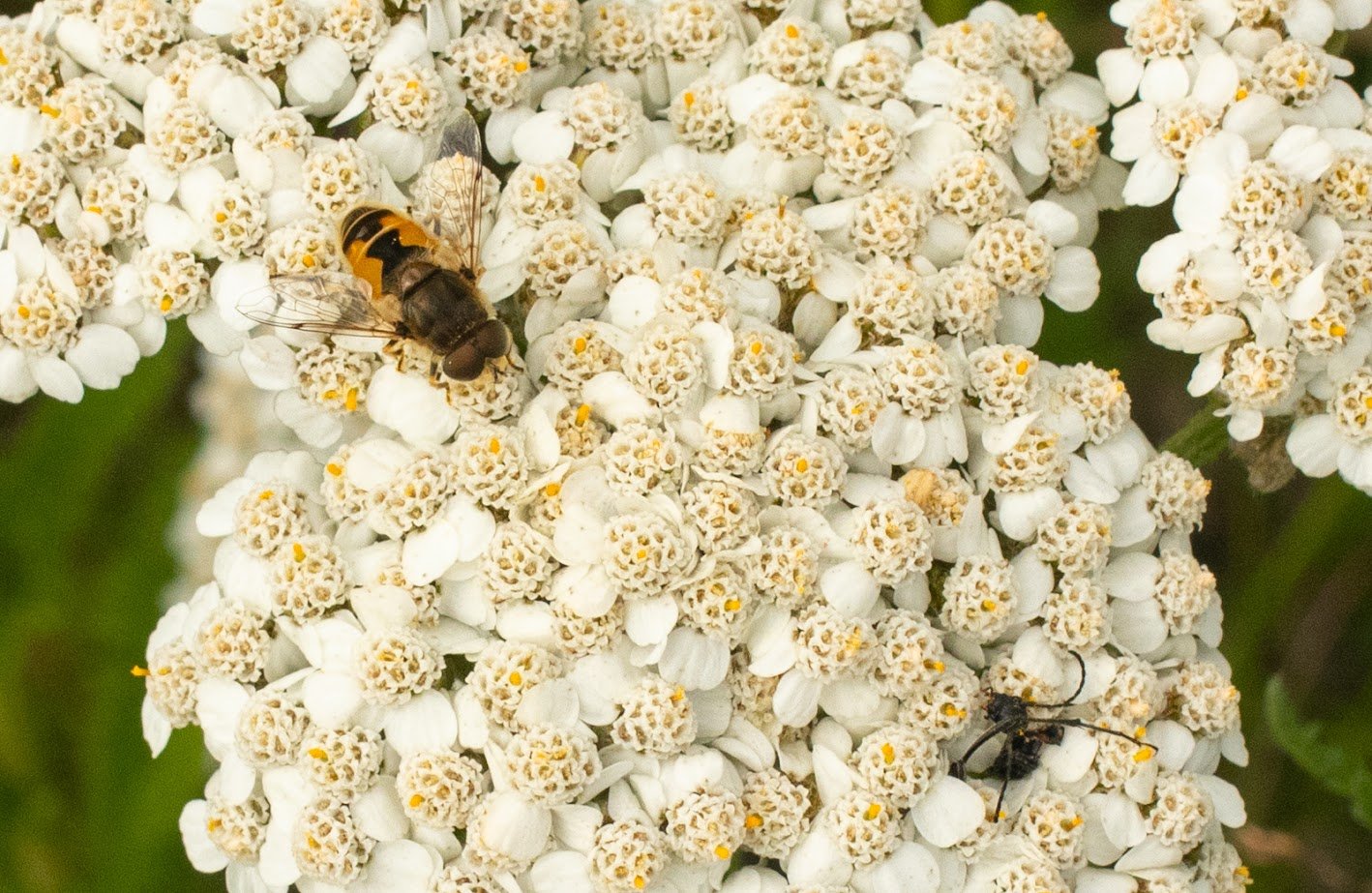
Assessing five decades of garden bee studies
Our group reviewed published studies to better understand garden bee communities (Bell et al. 2023). We wanted to identify the garden plants and practices that selectively invite some bee species into garden spaces, while excluding others.
We found 28 studies spanning five decades and 14 countries. To date, a total of 674 bee species have been found in garden spaces. Most garden bee species (53 percent) are soil nesters. However, even though soil-nesting bees were common in gardens, they were significantly less common than expected, as 70 percent of all bee species are soil nesters. Since only 53 percent of garden bees nest in soil, gardens appear to be selectively excluding soil-nesting bees. Gardeners can increase overall bee biodiversity in their gardens by utilizing green mulches rather than bark mulches, or by tolerating some bare patches in the garden.
In addition, we found that specialist bees were less common than expected. Specialists collect pollen from a narrow range of plants, whereas generalists are much less picky. On a global basis, 30 percent of all bees are specialists, but only 13 percent of garden bees are in this category. This suggests that gardens lack the plants required by specialist bees, and that gardeners can increase local bee biodiversity via informed plant choices. Host plants for specialist bees in the Pacific Northwest include asters (Symphyotrichum spp.), tarweeds (Madia spp.), goldenrods (Solidago spp.), farewell-to-spring (Clarkia spp.), rabbitbrushes (Ericameria spp.), and checkermallows (Sidalcea spp.).
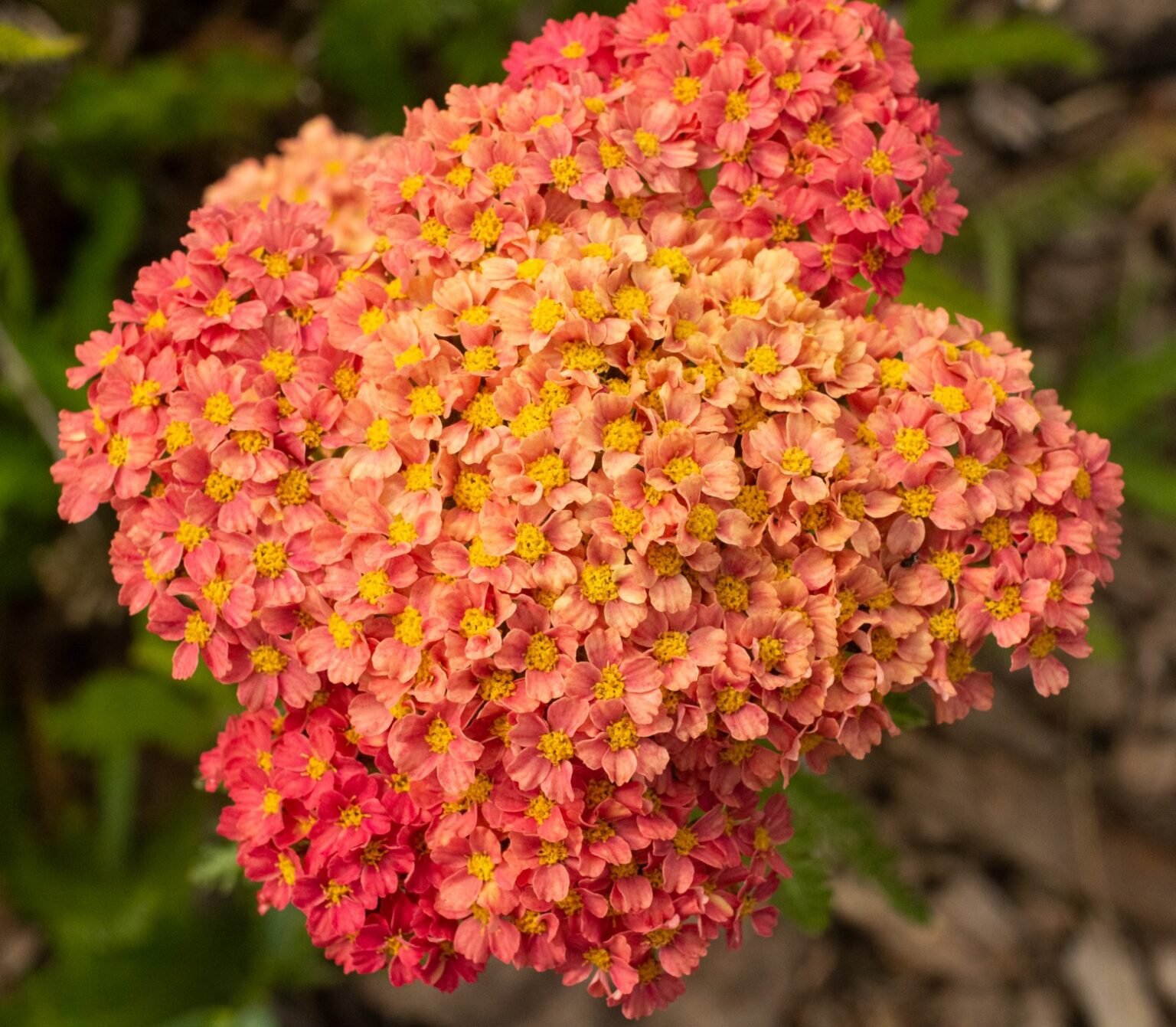
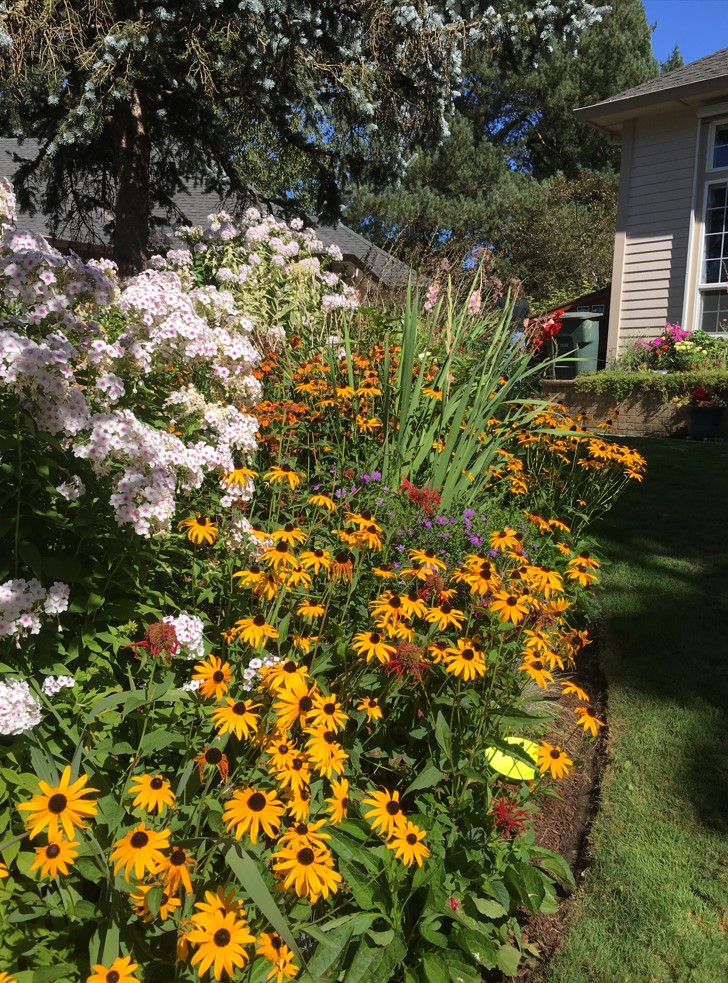
The bee fauna associated with Pacific Northwest native plants for gardens.
In this study, we looked at bee visits to 23 native plant species and four non-native plants (Anderson et al. 2022). The native plants included annual and perennial species that were broadly native across the US, such as yarrow (Achillea millefolium); regionally native to the western states, such as giant blue-eyed Mary (Collinsia grandiflora); or locally native to the Pacific Northwest, such as farewell-to-spring (Clarkia amoena).
The four non-native plants were all perennials in the mint family (Lamiaceae), which we included in this study because they are regularly included on pollinator-friendly plant lists. These plants were lavender (Lavandula x intermedia ‘Grosso’), catmint (Nepeta cataria), oregano (Origanum vulgare), and pineapple sage (Salvia elegans).
For three years, we documented bee abundance by counting the number of bees that visited each plant. We worked with a taxonomist to identify bees to species, in order to document bee biodiversity on each plant. We found that Douglas aster (S. subspicatum), California poppy (Eschscholzia californica), varileaf phacelia (Phacelia heterophylla), Canada goldenrod (Solidago canadensis), farewell-to-spring, globe gilia (Gilia capitata), and Oregon sunshine (Eriophyllum lanatum) had high bee abundance and high bee biodiversity. Although oregano and lavender harbored high bee abundance, most of these bees were non-native honey bees (Apis spp.).
We used these results to develop a list of recommended native plant picks for bees. Our list includes the seven species listed above, in addition to yarrow, common madia (Madia elegans), and rose checkermallow (Sidalcea asprella). Note that checkermallows have undergone a recent taxonomic revision. Thus, you may find Sidalcea asprella for sale in nurseries as either S. malviflora or S. virgata.
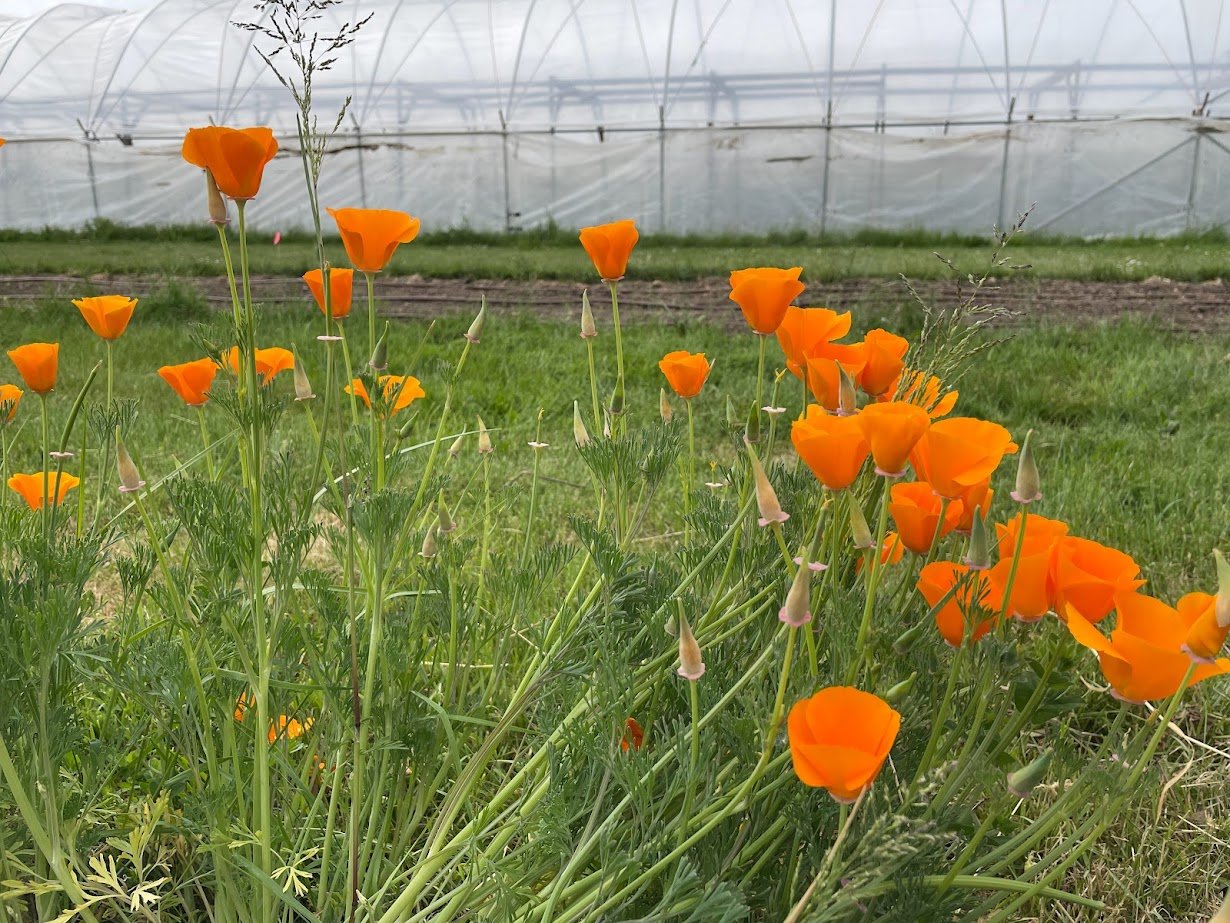
Gardeners’ perceptions of northwestern US native plants
We surveyed gardeners for their opinions of our study plants (Anderson, Messer, and Langellotto 2021). First, we asked gardeners to rate each of the 23 native plants used in the previous field study. Next, we asked gardeners to rate a subset of these plants, before and after seeing images of the bees found on each plant.
Apart from globe gilia, which was attractive to both gardeners and to bees, the plants which were most attractive to gardeners were among the least attractive to bees. These include Oregon iris (Iris tenax), western columbine (Aquilegia formosa), great camas (Camassia leichtlinii), and blue-eyed grass (Sisyrinchium idahoense). However, gardeners shifted and improved their opinions of less-favored plants, including varileaf phacelia, Canada goldenrod, and pearly everlasting (Anaphalis margaritacea), after seeing photos of bees associated with each plant.
With this study, we found that perceptions of ornamental plant beauty are flexible. In addition, we found that some gardeners move beyond pure aesthetics when considering the beauty of a plant. These gardeners also consider the ecological value of a plant to be part of a plant’s overall beauty.
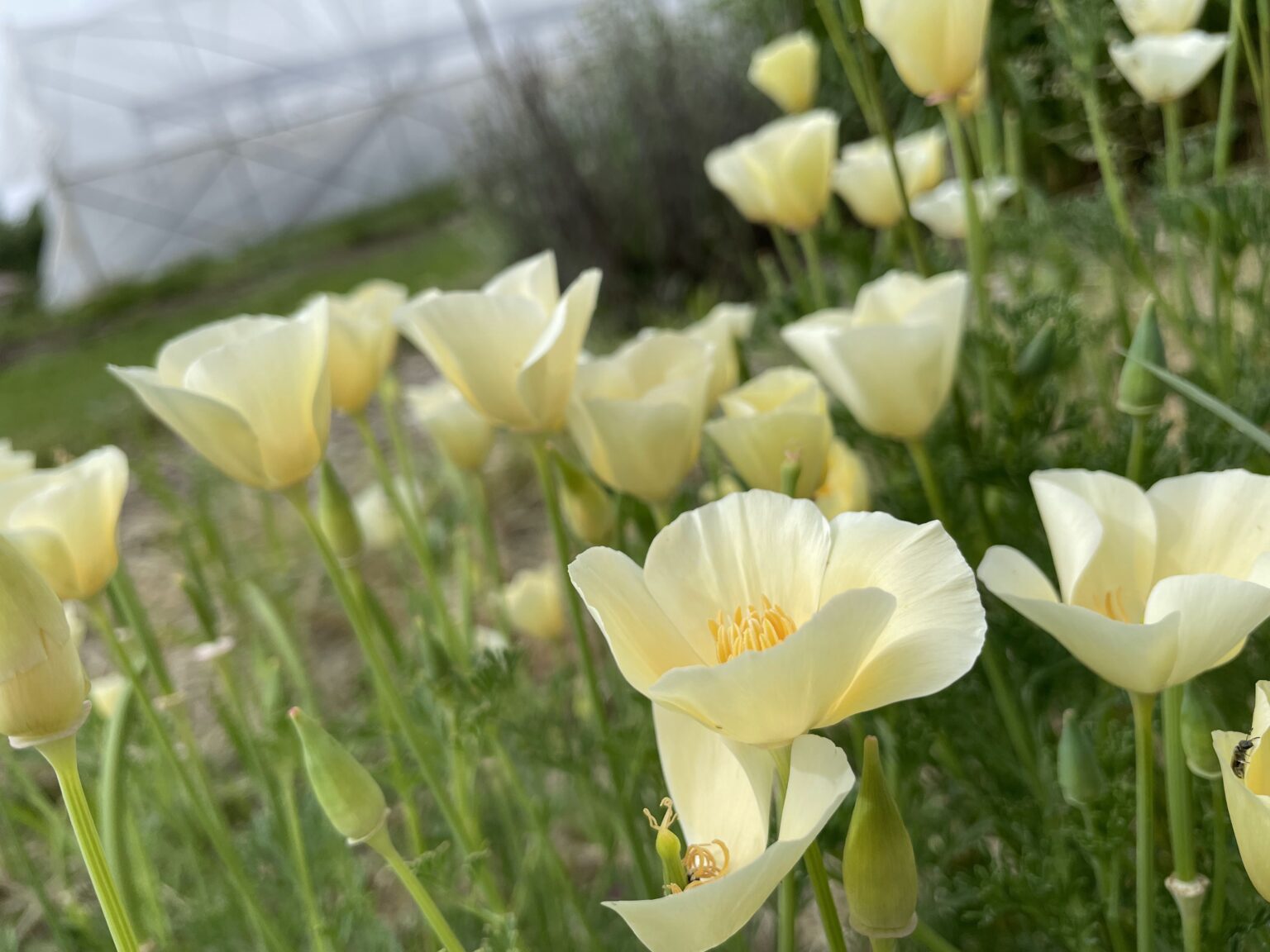
Pacific Northwest native plants and native cultivars
Wild type native plants have not undergone selective plant breeding. A native cultivar, by contrast, is a plant that is produced from wild type native plants via selective plant breeding. Often, native cultivars are selected for unique petal colors, dwarfism, or unique foliage colors. We conducted a three-year field experiment to look at pollinator visitation to wild type native plants and their native cultivars.
We found several lines of evidence to suggest that bees prefer wild type native plants to selectively bred native cultivars (Hayes et al. 2025). First, pollinators tended to be more abundant on wild type native plants, compared to native cultivars. In the few cases where native cultivars were preferred, it was often due to the overwhelming abundance of non-native honey bees.
Second, pollinators were more biodiverse on wild type native plants, compared to native cultivars, except for one tie. The tie was between wild type Douglas aster, and the ‘Sauvie Snow’ cultivar of this species. The ‘Sauvie Snow’ cultivar is a naturally occurring, but less common variant of wild type Douglas aster. It is unique among native cultivars, in that it is not heavily modified or bred. Instead, it represents a minimally developed selection.
Third, specialist pollinators preferred wild type native plants over native cultivars. Our results thus suggest that native cultivars are not equivalent substitutes for wild type native plants when planting for pollinators. In many regions of the United States, native cultivars are more common on nursery shelves than wild type native plants. Gardeners and designers should thus take care to ensure they are sourcing plants that meet their overall gardening goals.
Resources
Anderson, Aaron G., Isabella Messer, and Gail A. Langellotto. 2021. “Gardeners’ perceptions of northwestern US native plants are influenced by ecological information and garden group affiliation.” HortTechnology 31(4): 458–469.
Anderson, Aaron G., Lucas Costner, Lincoln Best, and Gail A. Langellotto. 2022. “The bee fauna associated with Pacific Northwest (USA) native plants for gardens.” Conservation Science and Practice 4(10): e12801.
Bell, Nicole C. S., John S. Ascher, Jen J.-M. Hayes, Mallory Mead, and Gail A. Langellotto. 2023. “Assessing five decades of garden bee studies.” Frontiers in Sustainable Cities 5: 1102360.
Hayes, Jen J.-M., Nicole C. Bell, Lincoln R. Best, Svea R. Bruslind, Devon O. Johnson, Mallory E. Mead, Tyler S. Spofford, and Gail A. Langellotto. “Pacific Northwest native plants and native cultivars, part I: pollinator visitation.” Environmental Entomology 54 (1): 199–214.







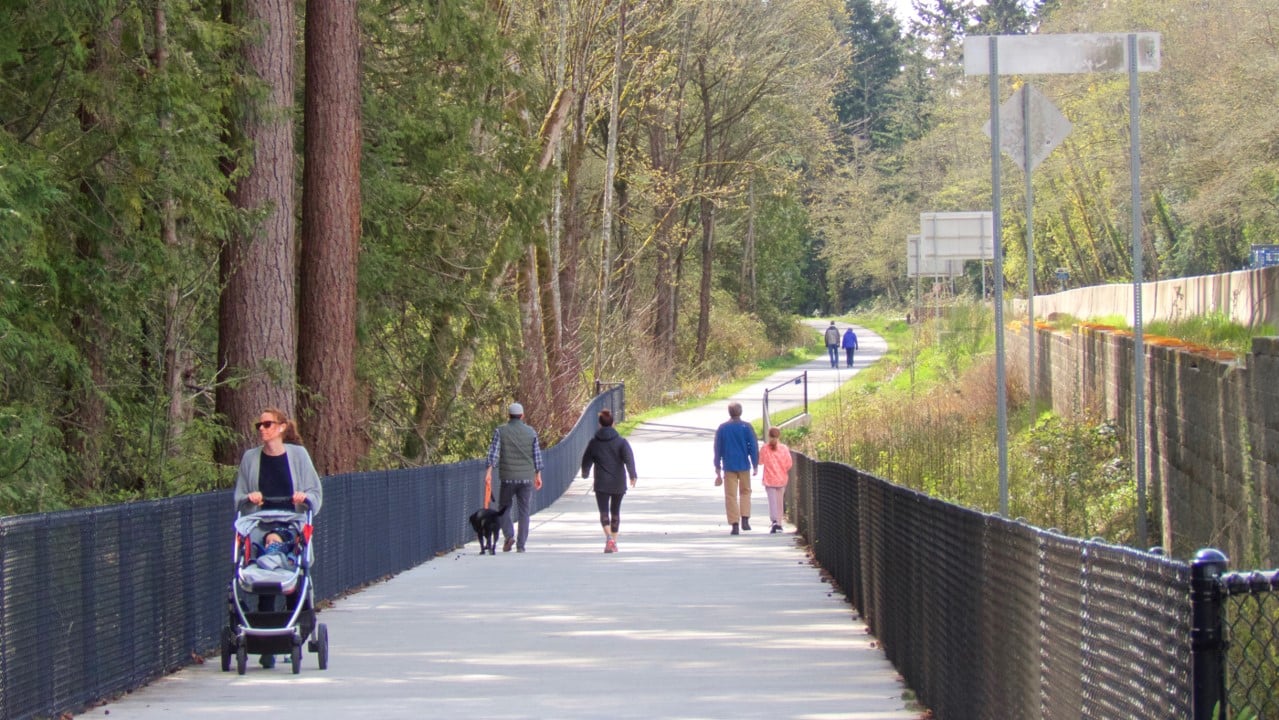
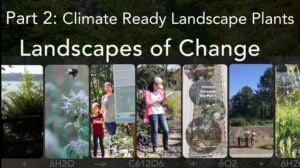
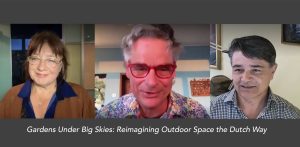
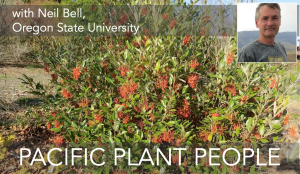
Responses